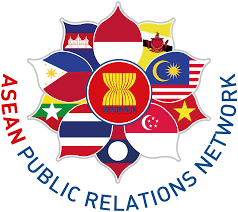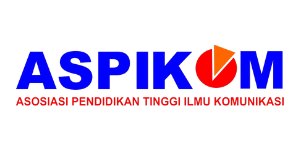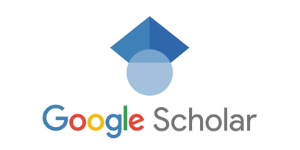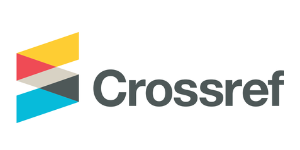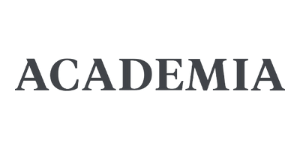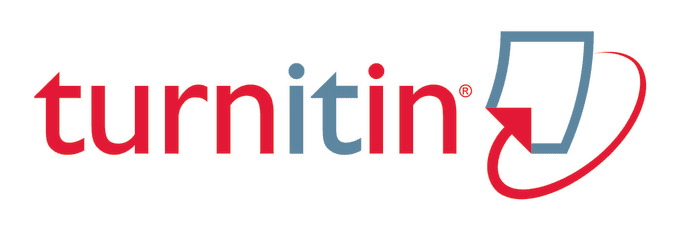CSR Strategy of PT SAT, Tbk in Maintaining The Company's Image
DOI:
https://doi.org/10.37535/1050042202510Keywords:
Corporate Social Responsibility, Public Relations, Strategy of Corporate Social Responsibility, Triple Bottom Line, Corporate ImageAbstract
Corporate Social Responsibility is the company's commitment to improve the quality of life and the environment that is beneficial to the company and society in general. Corporate Social Responsibility is carried out by a Public Relations to obtain the company's image. This study aims to describe the strategies and obstacles of PT Sumber Alfaria Trijaya Tbk's Corporate Social Responsibility (CSR). The paradigm of this research is post-positivism. This type of research is descriptive qualitative. The research method is a case study using interview data collection techniques. Data analysis in this study is data reduction, data presentation, and drawing conclusions. The results of the study show that PT Sumber Alfaria Trijaya Tbk's Corporate Social Responsibility strategy focuses on profit, people, planet, each of which has a different strategy. Profit is made by forming Alfamart Care which aims to communicate sympathy in the form of raising donations, donating goods, and donating blood. People is carried out by forming Alfamart Smart and Alfamart SMEs, which aim to provide educational scholarships for elementary, middle, high school/vocational schools and provide the Alfamind application to facilitate communication between MSME players and buyers. Planet is done by forming Alfamart Clean and Energy which aims to campaign to stop using plastic bags, and tree planting campaigns in areas with less absorption to mitigate natural disasters. Obstacles in implementing Corporate Social Responsibility are ineffective communication channels where innovation information cannot reach all heterogeneous publics.
References
Akhmad Darmawan. (2019). Analysis of factors affecting the interest of members to save in Bank Jateng Syariah. Fokus Bisnis, 18(01).
As’Adi, M. H. (2020). Diffusion of innovation and adoption of innovation 99design.com (Case study at Yayasan Pondok Pesantren Wahid Hasyim Yogyakarta). Jurnal Studi Islam dan Sosial, 211-232.
Assauri, S. (2016). Marketing management, Rajawali.
Astri, H. (2012). Utilization of corporate social responsibility (CSR) for improving the quality of life of Indonesians. Jurnal Masalah-Masalah Sosial, 151–165.
Batubara, J. (2017). The paradigm of qualitative research and the philosophy of science in counseling. Jurnal Fokus Konseling, 3, 95–107.
Berto Kristanto Purba. (2017). The effect of compensation and work environment on employee loyalty (Case study of PT. Capella Dinamik Nusantara Kandis branch). JOM Fisip, 4 (1).
Butterick, K. (2012). Introduction to public relations: Theory and practice, PT Raja Grafindo Persada.
Darmawan, C., S. H., Z. H. N., & E. R. (2019). Development of interpersonal relationships among teenagers in social media use in Bandung. Jurnal Kajian Komunikasi, 159–169.
Dirgantara, H., S. D., & B. A. (2020). Customer motives in using Kompas.id as a paid digital media service. Kajian Journalisme, 167–179.
Zaenal Mukarom, M., & M. W. L. S. M. (2015). Public service management: An introduction. Pustaka Setia Bandung.
Hardani, et al. (2020). Qualitative & quantitative. CV Pustaka Ilmu Group.
Jefkins, F., & Y. D. (2018). Public relations (5th ed.). Penerbit Erlangga.
Kotler, P., & K. L. Keller. (2016). Marketing management (12th ed.). PT Indeks.
Laksana, W. M., & M. Z. (2015). Public relations management: An effective guide to public relations management. Pustaka Setia.
Liedfray, T., et al. (2022). The role of social media in strengthening family interactions in Esandom Village, Tombatu Timur Subdistrict, Southeast Minahasa Regency. Jurnal Ilmiah Society, 2(1).
Luthfiyyah Sarah. (2017). The implementation of public relations in building brand awareness for AIESEC Universitas Andalas as a leadership organization. JOM Fisip, 4(2).
Maulana, I., M. J., & S. O. (2020). The influence of social media influencers on consumer behavior in the digital economy era. Majalah Ilmiah Bijak, 29.
Moleong, L. (2017). Qualitative research methods. PT Remaja Rosdakarya.
Mulyana, D. (2013). Qualitative research methodology. PT Remaja Rosdakarya.
Nurjanah, D. S. (2017). The effect of corporate social responsibility (CSR) on the corporate image of CV Buana Jaya Cemerlang Banjar. Jurnal Administrasi Bisnis, 02, 39–54.
Putri, G. E. (2017). The diffusion of innovation in the e-filing tax program (A qualitative descriptive study with a diffusion of innovation approach on the e-filing tax program at the Radio Republik Indonesia office in Surakarta).
Ricky Michael. (2019). CSR program of the Unilever Indonesia Foundation based on the triple bottom line theory. Jurnal Pekerjaan Sosial, 2 (1).
Rusmiarti, D. A. (2015). Analysis of the diffusion of innovation and the development of work culture in bureaucracy organizations. Jurnal Masyarakat Telematika Dan Informasi, 6, 85–100.
Said, A. L. (2018). Corporate social responsibility in the perspective of governance. Deepublish.
Sihombing, H., & S. M. (2016). Corporate social responsibility innovation as a business strategy for the bottom of the pyramid market and poverty. Jurnal Administrasi Bisnis, 17–32.
Sunyoto, D. (2015). Retail business management: Theory, practice, and retail cases. CAPS.
Tjilen, A., & H. I. (2012). Evaluation of the corporate social responsibility program at PT. Djarma Aru in Wanaam. Jurnal Ilmu Ekonomi & Sosial Unmus, 320–328.
Utami, N. S. (2018). Analysis of the performance of the Indonesian retail sector. Ecopreneur, 1, 43-48.
Valentine Siagian. (2020). Economics and business in Indonesia. Yayasan Kita Menulis.
Wati, L. N. (2019). Corporate social responsibility (CSR) model. Myria Publisher.
Widjanarta. (2020). Introducing CSR/PKBL for renewable energy. Yayasan Lembaga Konsumen Indonesia.
Yin, R. (2014). Case study design and methods. Raja Grafindo Persada.
Yulianti, I. (2022). Post-pandemic tourism PR activities: Empowering the audience as digital PR agents. Jurnal Universitas Esa Unggul, 09(02).


